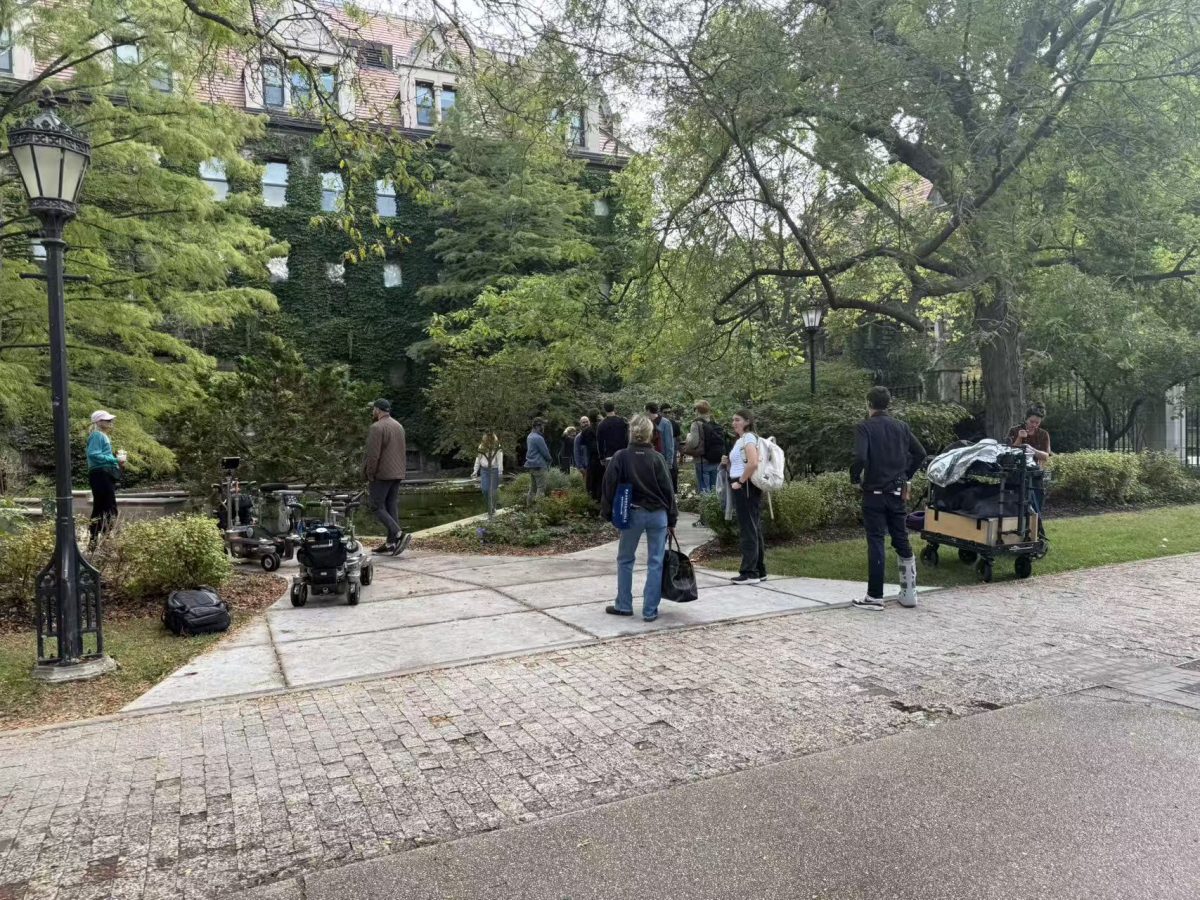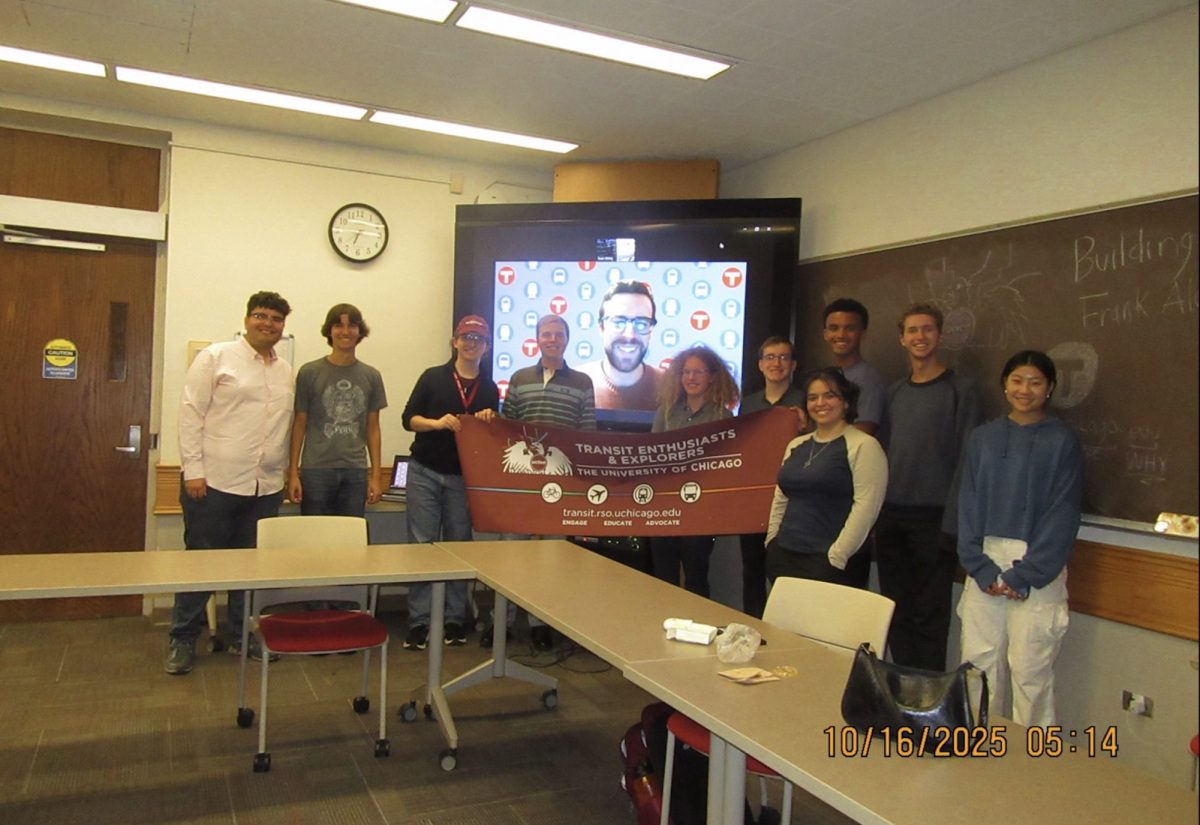Chicago will demolish all but two of the 29 buildings on the Michael Reese Hospital campus within the week, according to the city’s Department of Community Development (DCD). The city currently has no concrete plans for development of the site, however, causing concern among preservationists that an important part of Chicago’s architectural history could go to waste.
In a concession to preservationists, the demolition, originally scheduled for this summer, will for now spare Chicago’s last Walter Gropius-designed building, in addition to the Main Reese building. The city has cautioned, however, that this is only a preliminary demolition.
The hospital campus, located at the 2900 block of Ellis Avenue, is home to 29 buildings, many of which feature a modernist aesthetic characteristic of Walter Gropius’s Bauhaus style of architecture and design. While Gropius did not personally design all of the buildings, city officials have acknowledged that he played a role in eight.
The city originally purchased the 37-acre Bronzeville campus in June with the aim of building an Olympic Village on the site should the games come to Chicago. The city did not propose a contingency plan at the time.
Plans for the site are still unclear, even to city officials. Fourth Ward Alderman Toni Preckwinkle suggested a number of ideas, including an expansion of McCormick Place, a hotel or entertainment district, or a high school.
“A lot of things have been talked about,” Preckwinkle said. “There are people who think this would be a good place for a presidential library.”
A DCD press release highlights the potential for residential growth on the south part of the campus. According to the release, the city suggests the creation of a mixed-use community with housing, retail facilities, and green space as a possible use for the acreage.
“Those are not plans,” said Grahm Balkany, director of the Gropius in Chicago coalition, which has fought to save buildings on the campus. “That’s somebody with a Christmas stocking, sitting there hoping that she’s going to get Santa to fill it up with presidential museums and other goodies.”
Balkany worries the land will remain perpetually vacant.
“The mayor and the city council have basically created a $91 million sandbox with taxpayer money, and they’re creating a vacant lot for that money. And for what?” Balkany said. “The reality of this is that we’ve got 37 acres of vacant land with a ‘For Sale’ sign on it, and Chicago’s scared to death that they’re not even going to recover their money.”
The DCD’s release, however, emphasizes the financial possibilities of the land.
“Our goal from the beginning has been to make sure the city can recoup the money it spent to purchase the property,” said Chris Raguso, acting commissioner of the DCD. “We remain confident that this uniquely situated land is attractive to developers.”
Preckwinkle cited myriad bureaucratic hurdles to development, including the need for zoning changes and an extensive development and facilities plan.
“It takes forever to do a project of this magnitude,” Preckwinkle said. “I think it’ll be two or three years before we even get a shovel in the ground.”
When the city purchased the land, officials, including Preckwinkle, insisted only the 1907 Prairie-style Main Reese building would be saved from immediate demolition.
Since then, however, the city has decided to preserve the Singer Pavillion building for possible reuse, at least for now—the city hasn’t committed to preserving the building permanently.
According to the DCD’s press release, no other buildings are considered salvageable for renovation in the future. “Many of the other buildings have suffered from years of neglect and abandonment and are in very poor condition, and it is not economically feasible to save them,” the release said.
Preservation groups attribute the decay to the city’s failure to maintain the buildings in the months pending its demolition.
“These are self-fulfilling prophecies,” said Balkany. “The hospital was largely functioning when they bought it. It was the negligence, the lack of oversight, it was the thoughtlessness that they were sure they were going to win the Olympics and demolish all these buildings.”








